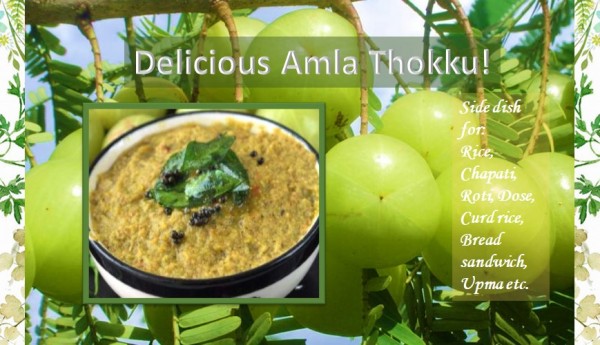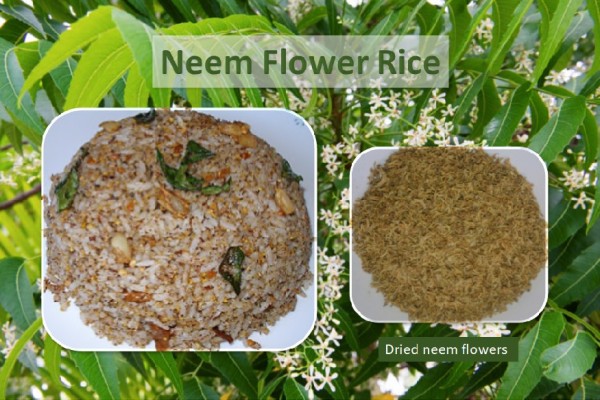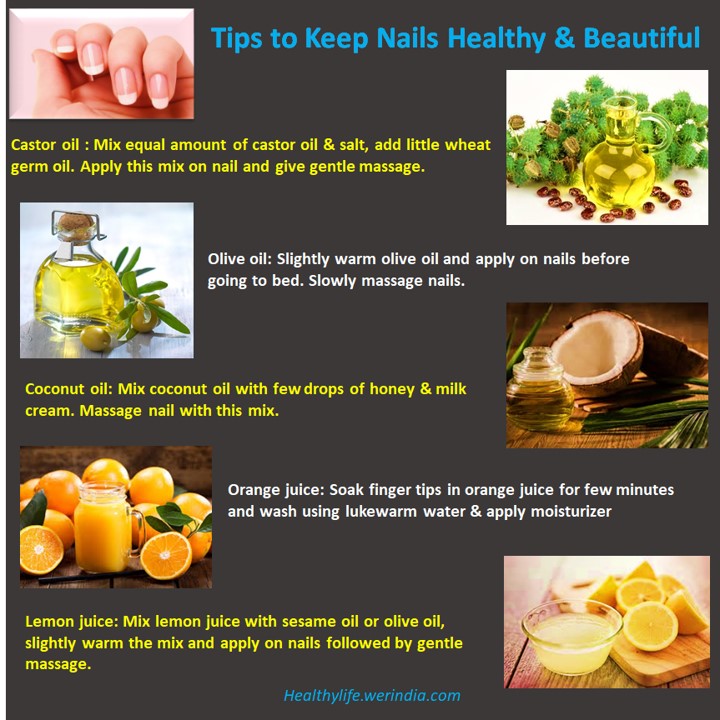Thanks to awareness and guidance, people with diabetes are living longer with much lesser complications. Diabetic patients are leading a normal life. Better control of risk factors are helping them to take precautions and take control of their lives. In past few years the major complications associated has come down throughout the world. As per CDC there is a decline in heart attack and stroke – the two complications associated with diabetes. However, there is an increase in number of diabetic in the world. It means, for people who suffer from both type 1 & type 2 diabetes, it is important to learn how to manage complications associated with diabetes.
Complications associated with diabetes acts on health and still millions of people are suffering from the complications. The reason for suffering is, one complication can make other complications worse. People with diabetes who has high blood pressure can suffer from kidney conditions. An increase in bad cholesterol leads to heart conditions and increases risk of stroke.
The major diabetes complications are listed below. Taking note of these complications could help diabetic person to prevent further complications arising from these diabetes complications.
Heart disease and stroke: Diabetic patients are more at risk of having heart disease or a stroke. Giving attention to diet, exercise can help them.
Blindness and other eye problems: Diabetic retinopathy or damage to blood vessels of retina, cataract, glaucoma can result in loss of vision. Early detection helps them to save their eye.
Nerve damage: It is one of the common complication – the numbness, pain and sometime disabling can result in unresponsive nerves. Nerves present in legs and feet often suffer from this condition and can be seen in digestive system and heart. Regular check up and monitoring nerve system helps to take care of nerve complications.
Kidney disease: An increase in blood sugar level damages kidney and causes chronic kidney condition. It gets worse and results in failure if not treated. As per reports about 1 in 3 adults have this complication. Earlier treatment can save the kidneys.
Amputation: Damage of blood vessels and nerves is another complication arises in high diabetic condition. This leads to hard to treat infections and ganglions. To stop spreading infection, amputation might be the only option in many. Taking control of blood sugar and giving attention to feet and leg helps to prevent amputation process.
Gum disease: Increased blood sugar leads to tooth loss and increases chance of gum disease. Gum disease increases the risk of developing type 2 diabetes. Going through dental checkup helps to reduce gum disease complication.
Depression: Mental health problem arises with risk of growing blood sugar level. Depression worsens diabetes and vice versa. Learn to manage stress.
Gestational diabetes: In women diabetes development during pregnancy can cause serious complication for both mother and babies. This include high blood pressure, birth related trauma and birth defects.
To prevent all above mentioned complications follow a healthy lifestyle that includes – healthy diet, managing stress, exercising regularly and go for regular checkups. Controlling blood pressure has higher benefits – it reduces risk of heart conditions as much as 50% and risk of eye, nerves and kidney by 33%.
Be physically active and get into a habit of exercising 30 minutes everyday.
If you are overweight lose weight by portion control, reducing fatty foods.
Take prescription medicines regularly. Watch for any change in symptoms related to your condition.
Learn and practice ABC’s (ref: CDC)
A: Get a regular A1C test to measure your average blood sugar over 2 to 3 months; aim to stay in your target range as much as possible.
B: Try to keep your blood pressure below 140/90 mm Hg (or the target your doctor sets).
C: Control your cholesterol levels.
s: Stop smoking or do not start.
Learn to manage your stress levels. Practicing meditation and yoga helps.
Learn how to check your blood sugar level at home. Keep regular appointment with your doctor and follow the advice.
References:
https://www.cdc.gov/
Image credit: Photo by PhotoMIX Company from Pexels (CC0)









